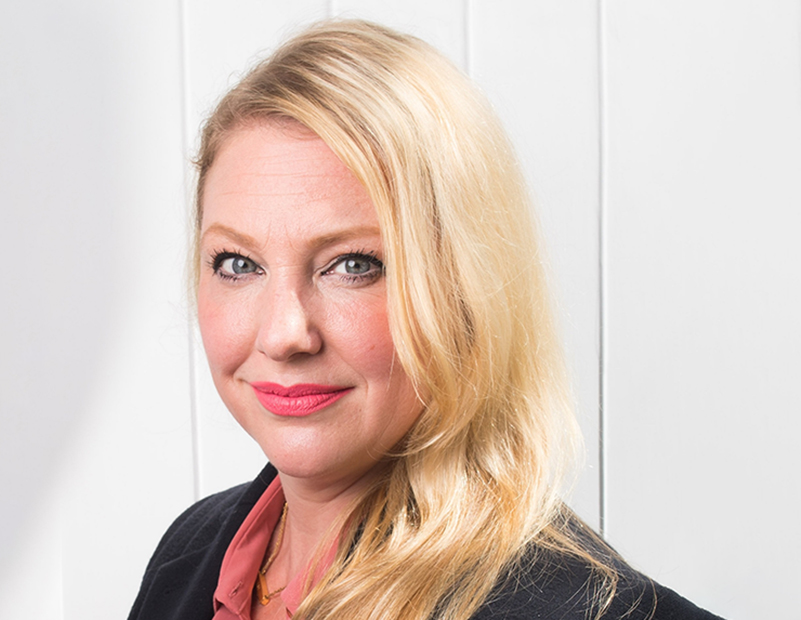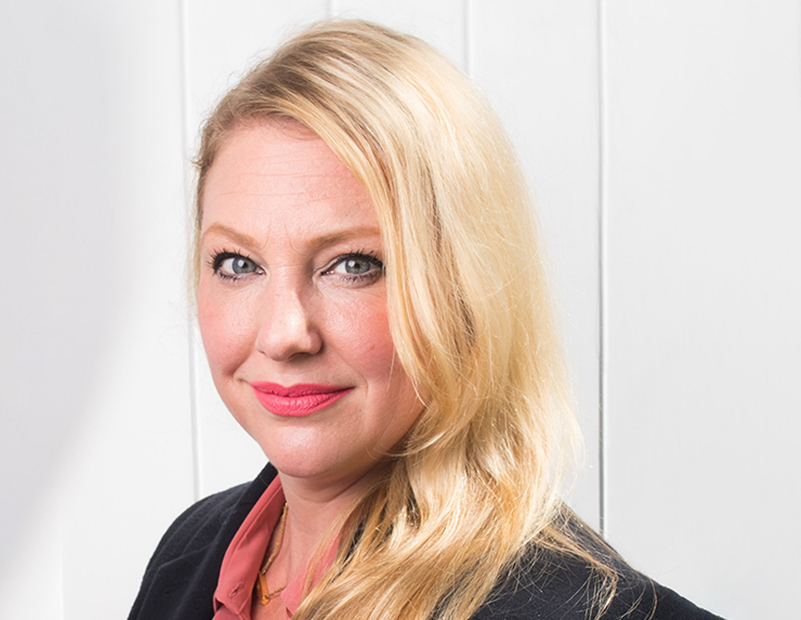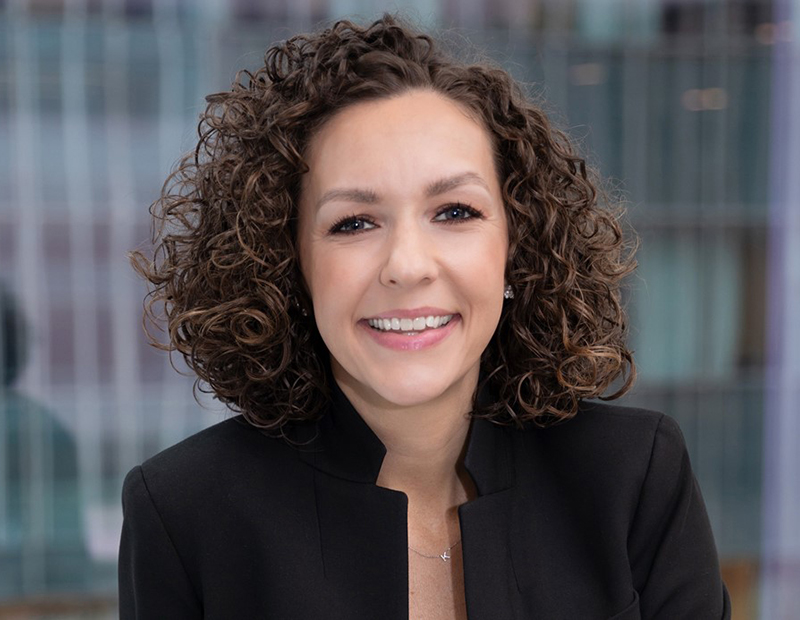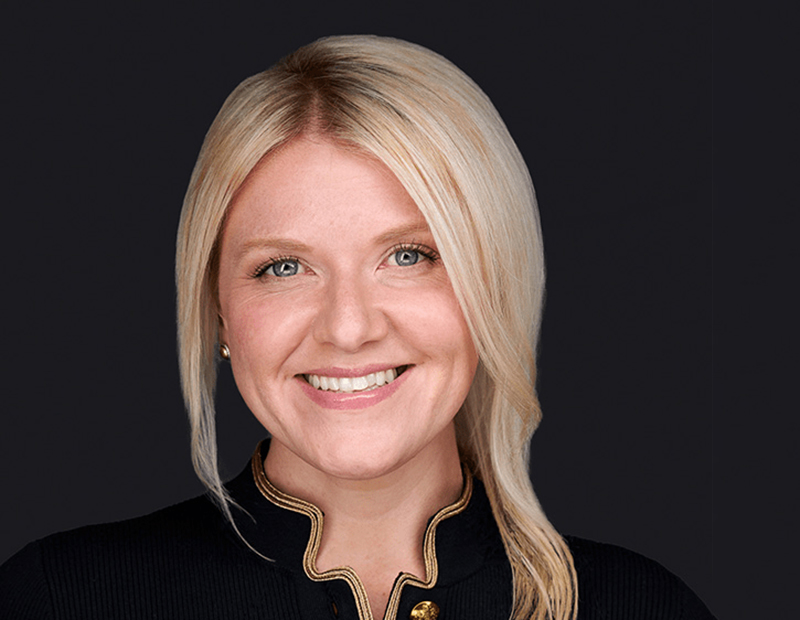Wealth Surge Drives Family Office Growth, Evolution


Since the pandemic, family offices have grown from 6,130 to 8,030 globally and are expected to increase by 2030 to 10,720, according to a new Deloitte report. That equates to a 75 percent increase over the last decade,
Family offices now hold $3.1 trillion in assets under management globally and will continue to gain influence in financial markets as their AUM rises. AUM is expected to rise 73 percent to $5.4 trillion by 2030, Deoitte reported.
“This growth can be attributed to the rapid rise in private wealth worldwide, paralleled by climbing demand for dedicated wealth management structures and service provision,” said Rebecca Gooch, head of Deloitte Private Global Insights, who noted that by 2030 family office AUM will surpass hedge funds.
READ ALSO: CRE’s New Money Movers
The wealth of the world’s more than 2,600 billionaires reached $14 trillion in 2024, up from $4 trillion in 2007 and a 245 percent increase over this period. The Americas dominate with 46 percent of billionaires, while APAC and EMEA each account for 27 percent of billionaires.
The wealth generators
In the Americas, the technology sector has produced some of the wealthiest people in the world, noted Katie Day, JLL’s head of Private Wealth, Americas. “The financial sector is another major source of wealth as many billionaires made their fortunes through private equity, hedge funds, investment management and brokerage,” she added.
In the EMEA region, consumer goods are the most dominant wealth originator, like the luxury brand space, and in APAC, Day said, “it’s a balance of technology prowess by entrepreneurs with the industrial might of old money.”
The aggregate wealth of high-net-worth individuals now exceeds $200 trillion globally, according to Day. And private wealth investors, including family offices, transacted over $1.5 trillion in direct deals globally since 2013, of which roughly $643 billion was invested in the Americas, according to JLL historical data.
Technology platforms also have played a role in family office growth by enabling formation of “asset-light” and “virtual” family offices and lowering the AUM threshold for a single, family office, Farand said. Technology also provided the ability to access private alternative investments in a more democratic manner through platforms and private investor networks, she added.

While family offices are often ahead of the curve when it comes to investing in emerging technology, however, due to their small size, they have frequently fallen behind larger institutions when it comes to adopting new technology.
Now many family offices are recognizing the value of operational technology in running a modern business, and nearly half of them—43 percent—are developing or rolling out a new technology strategy, Gooch noted.
“While it’s common for family offices to use basic forms of technology, such as cloud-based applications and mobile communication apps, some are venturing into more advanced areas, with over one in 10 family offices now adopting artificial intelligence in their operations,” she said.
Increased transparency in markets also has helped to propel family office growth by improving the level of comfort in being able to do due diligence and manage these types of investments in-house vs. outsourcing. The “alpha” generated by such investments justifies the cost of setting up a single, family office, suggested Farrand.
And with generational stewardship increasing, more models of successful multi-generational family governance exist today to inform future generations on how to grow wealth and form new family offices that meet distinct needs, rather than consolidating multiple generations under one office, she pointed out.
Family offices: caterpillar to butterfly
But family offices are not only growing. They are evolving into highly sophisticated investment facilities that are increasing staff, adopting institutional investment practices and advancing investment capabilities with more diversified investment portfolios than their traditional office niche, Gooch noted.
This transformation grew out of the pandemic when family offices began to realize the distinct edge provided by blending institutionally rigorous research-driven management, similar to traditional investment managers, with the flexibility, agility and alignment of a private investor, according to Lei Farrand, managing director of capital markets at Kingbird Investment Management.
“Wealth preservation and growth today demands a different level of risk management,” she added, noting that “direct access to value-add and opportunistic strategies in real estate vs. core asset allocation has shifted the burden of active asset management and downside protection measures squarely into their own hands.”
To this end, family offices have built in-house teams to execute more sophisticated, multi-asset strategies; aligned expertise in underwriting, structuring, and managing the often dynamic, tax sensitive elements of diversified, direct real estate allocations; and identified ways to provide downside protection for allocations, Farrand continued.
“They also are increasingly allocating capital to achieve compelling risk-adjusted returns or produce durable income, while simultaneously achieving legacy planning objectives, such as impact investing,” she said. “Think affordable housing, Opportunity Zone funds, or growth capital for the next generation of real estate operating companies.”

Given the compelling strength of U.S. real estate and historically reliable returns, it is now common for foreign-based family offices, particularly in Europe and the Asia-Pacific, to invest in U.S. real estate investments, said Farrand: “This has enabled overseas family offices to diversify their portfolios geographically to mitigate risk and capitalize on promising opportunities.”
According to Day, the top U.S. destinations for foreign family office investment are New York, Los Angeles, Dallas and Phoenix.
A mix of old and new investment strategies
Family offices most commonly employ a “balanced investment strategy,” which includes both preservation- and growth-oriented investments, as a means to both mitigate risk and capitalize on growth opportunities, Gooch said. They also tend to hold well-diversified portfolios across both asset classes and geographies to achieve their objectives.
“Family offices and high net worth investors utilize commercial real estate investments for portfolio diversity and stability, but it can also serve as an opportunity to invest in sectors they are passionate about, like hotels or marinas or asset classes that align with their family business,” Day suggested.
Strong gains in private equity have made it the number-one asset class for family offices, followed by public equities, real estate, fixed-income and other lesser-allocated-to asset classes, like hedge funds, commodities, and digital assets, said Gooch. “However, maintaining an effective mix of investments helps family offices achieve their goal of intergenerational wealth preservation and growth,” she added.
From a real estate standpoint, family offices have traditionally focused primarily on office assets, but since the pandemic they have been shifting away from the office sector toward residential deals and, when viable, are repurposing their office assets to housing, said Gooch. This trend is being fueled by rising office vacancy rates, changing work patterns and supportive policies of local governments aimed at revitalizing depressed business districts and increasing housing stock in urban areas.
But they also are allocating more to industrial and logistics, as well as niche segments, like senior housing, care homes, data centers, health centers, student housing, life science, medical office, and self-storage, Gooch noted.
Mitigating uncertainty
Tasked with preserving and growing family wealth across generations, risk management will continue to be a key focus of family offices. “COVID-19 and recent and ongoing geopolitical developments impacting turbulence in financial markets have magnified this focus, propelling family offices to further diversify their portfolios—across both asset classes and geographies to help mitigate investment risk.” Gooch continued.
On the other hand, family offices—flush with cash—are preparing to capitalize on opportunistic deals generated by fluctuating markets, Gooch continued. Deep pockets and “patient capital” enables them to act quickly and decisively.
“Family offices’ flexibility—and generally, long-term view—allows for a unique positioning across cycles, whereby we see them observing structural and cyclical trends to inform where they see the most compelling risk-adjusted return at a given point in the cycle to deploy capital into,” Day said.
In the current environment, for example, they are partnering with regional sponsors in multifamily to take over well-located, stabilized rental apartment assets with distressed capital structures directly from lenders, she noted.
The post Wealth Surge Drives Family Office Growth, Evolution appeared first on Commercial Property Executive.



